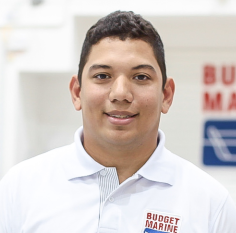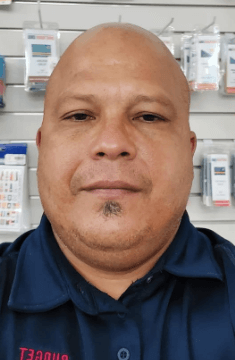
New technologies and electronic gadgets make our sailing lives easier, but they increase and complicate our power needs. Here we share information about different battery types and products to monitor and maintain your battery system.
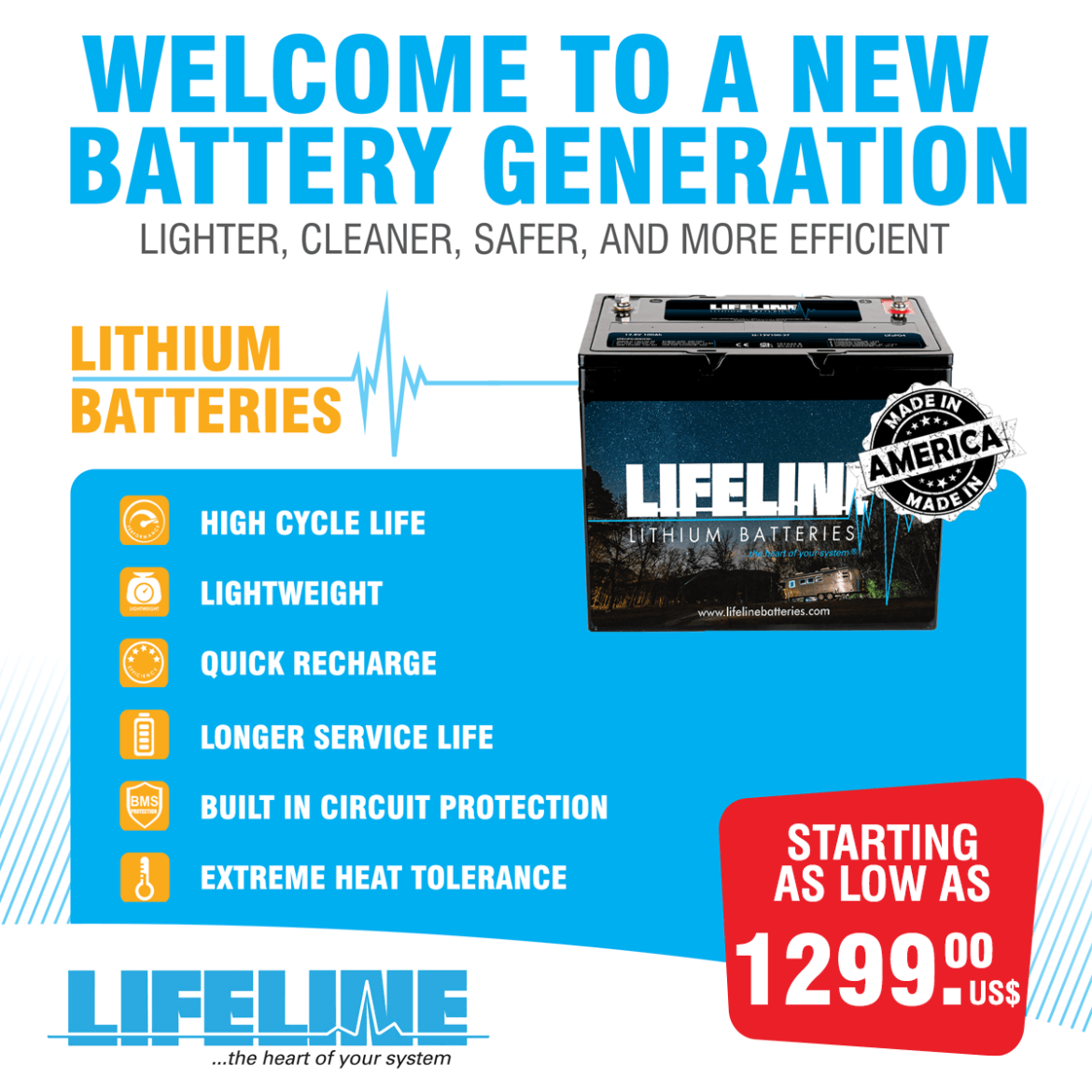
The lithium iron phosphate battery is a type of lithium-ion battery using lithium iron phosphate as the cathode material, and a graphitic carbon electrode with a metallic backing as the anode. While some lithium-ion batteries have cobalt oxide and manganese oxide, which are poisonous, Lifefline’s LiFePO4 battery uses non-toxic phosphate material.
With high safety, low toxicity, long cycle life and quick recharge, these batteries are being used in leisure boating and are ideal for electric engines. While their initial cost is relatively high, their longer lifespan compensates in the long run.
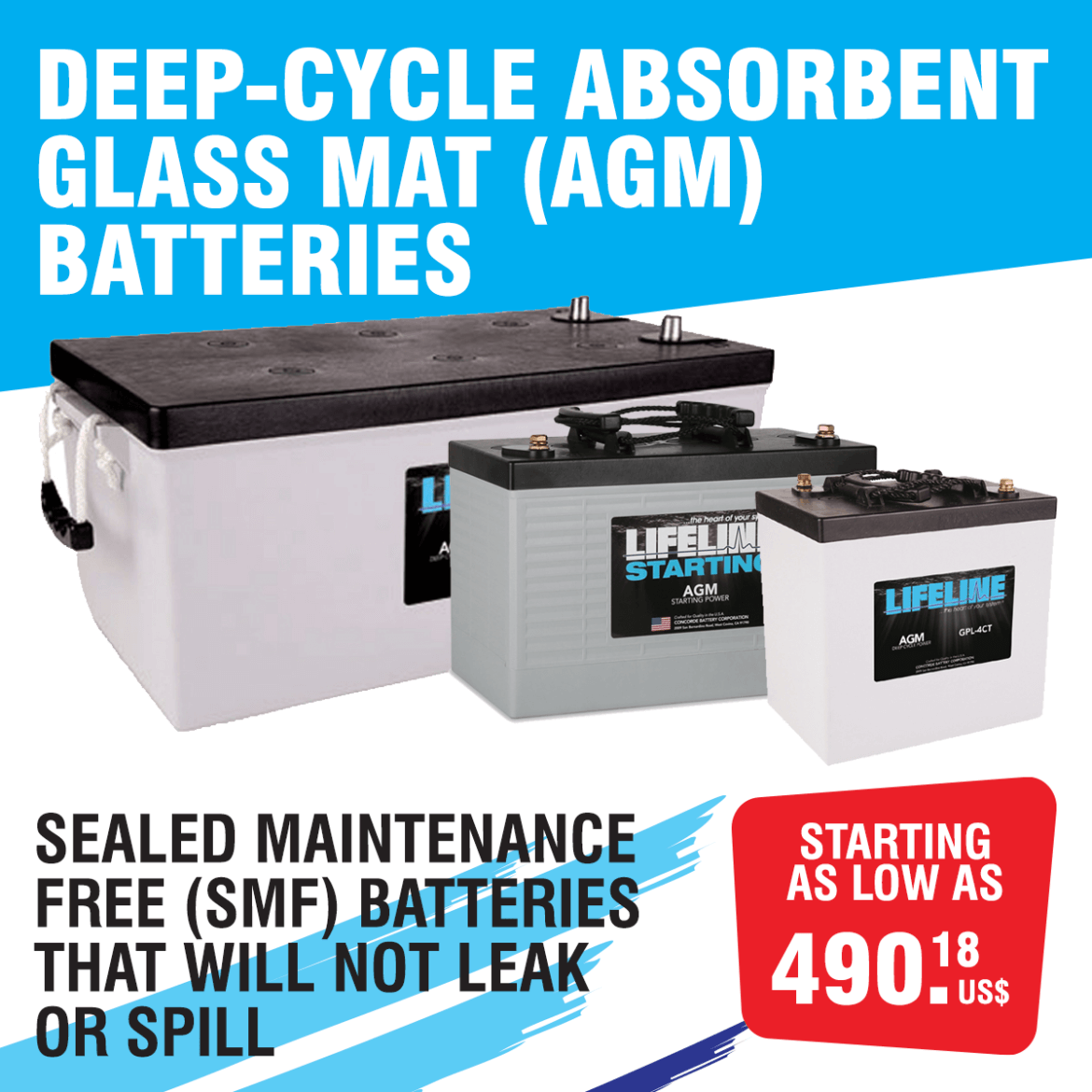
AGM batteries are a maintenance- free alternative to traditional flooded lead-acid batteries, designed to provide powerful bursts of starting amps and run electronics for a long period of time. .

They contain a special glass mat separator that wicks the electrolyte solution between the battery plates, storing the electrolyte in a “dry” or suspended state rather than in free liquid form.
Users should take care when charging these batteries as over and under charging can affect their life and performance.
To ensure optimum charging, refer to:
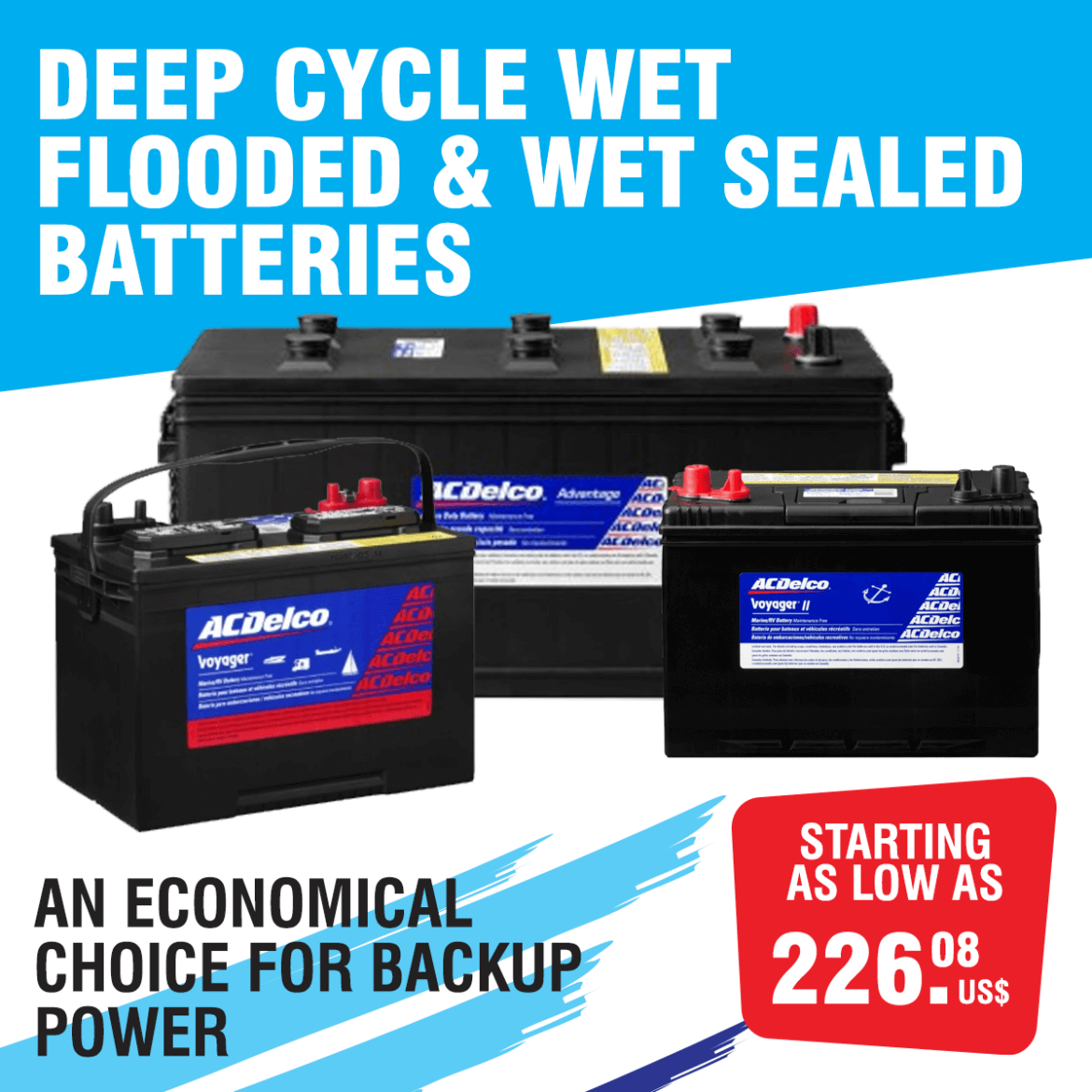
Deep-cycle Batteries are designed to be regularly and deeply discharged and recharged without negatively affecting their lifespan – the correct type of battery for ongoing boat or house supply.

Wet/flooded Batteries use a liquid electrolyte-containing medium to trigger a chemical reaction. The liquid in these batteries must be regularly inspected and topped up for the battery to perform properly. Extreme climatic conditions can cause the electrolyte solution to evaporate or freeze.
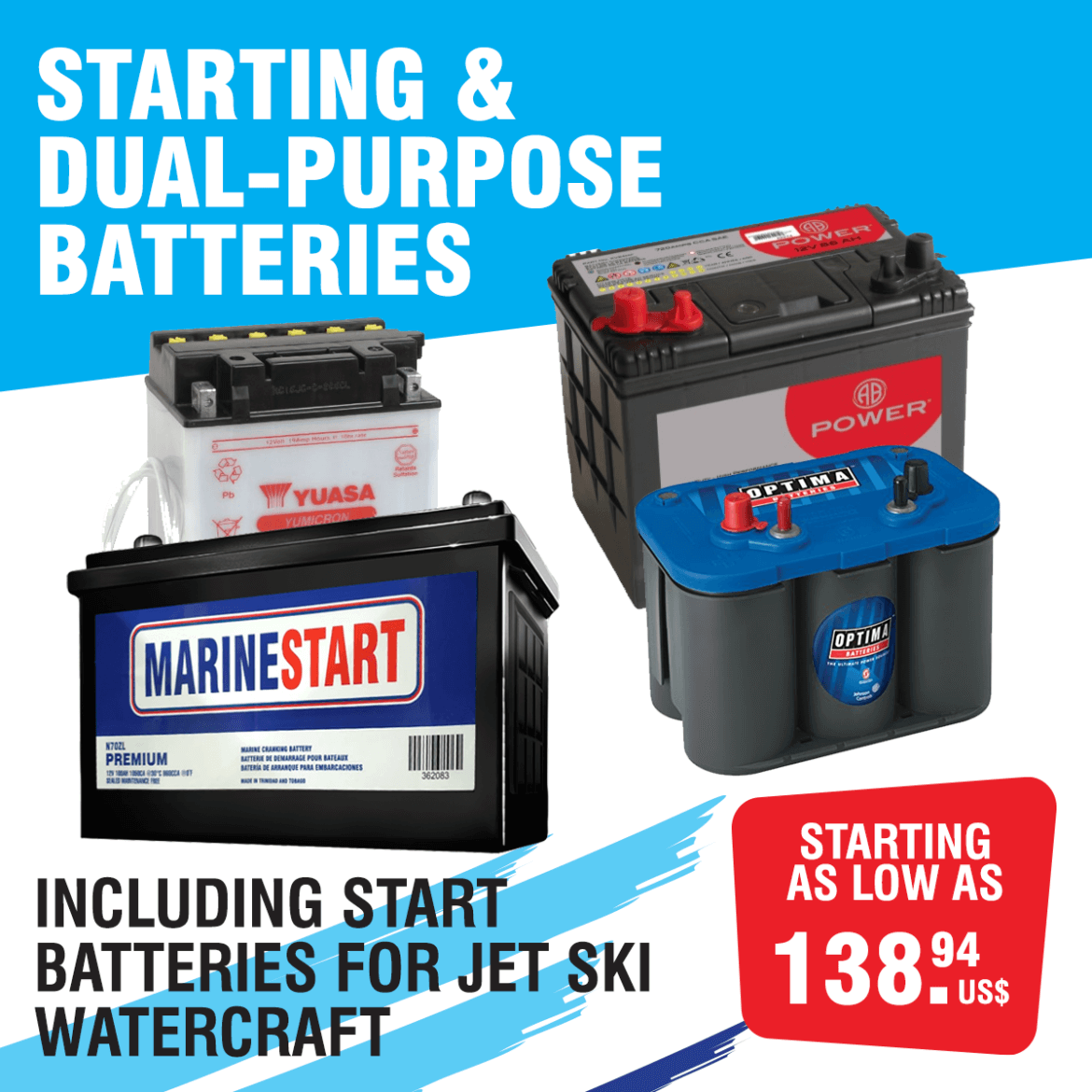
Starting Batteries discharge a large amount of energy for a short period of time making them perfect for starting your boat’s engine, but they are not designed to provide continuous power over a longer time frame, or to tolerate deep discharge.
Dual-Purpose Batteries combine starting and deep cycle functions – a good choice on smaller boats, with little room for two batteries. While able to perform the tasks of a starting battery and deep cycle battery, they’re not as efficient as separate batteries (start + deep cycle).

Introducing OPTIMA’s patented Spiralcell Technology® for superior vibration and heat resistance, in a sealed, spill-proof package:
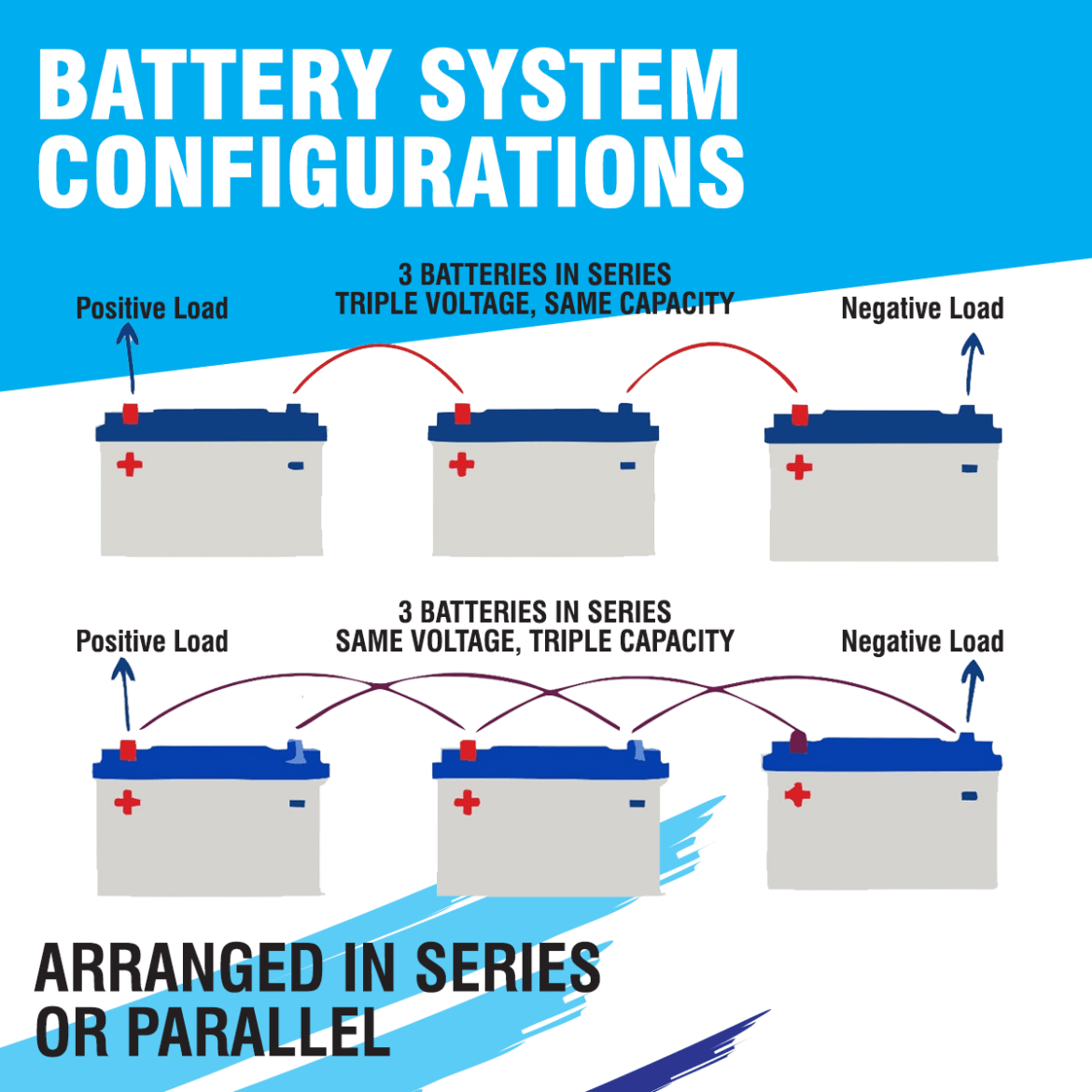
N.B. Batteries wired in series and parallel configurations must all have the same voltage and capacity rating. Mixing/matching voltages/capacities may damage your batteries.
Batteries wired in series will have their voltages added together. Batteries wired in parallel will have their capacities (measured in amp-hours) added together. However, the total available energy (measured in watt-hours) in both configurations is the same.
Example: Two 12-volt batteries with 100 Ah capacities in series will output 24 volts with a 100 Ah capacity. The same two batteries in parallel will output 12 volts with a 200 Ah capacity. Thus, both systems have a total available energy of 2400 watt-hours (watt-hours = volts x amp-hours).
Sets of batteries can also be wired in series and parallel to create a larger battery bank at a higher voltage.

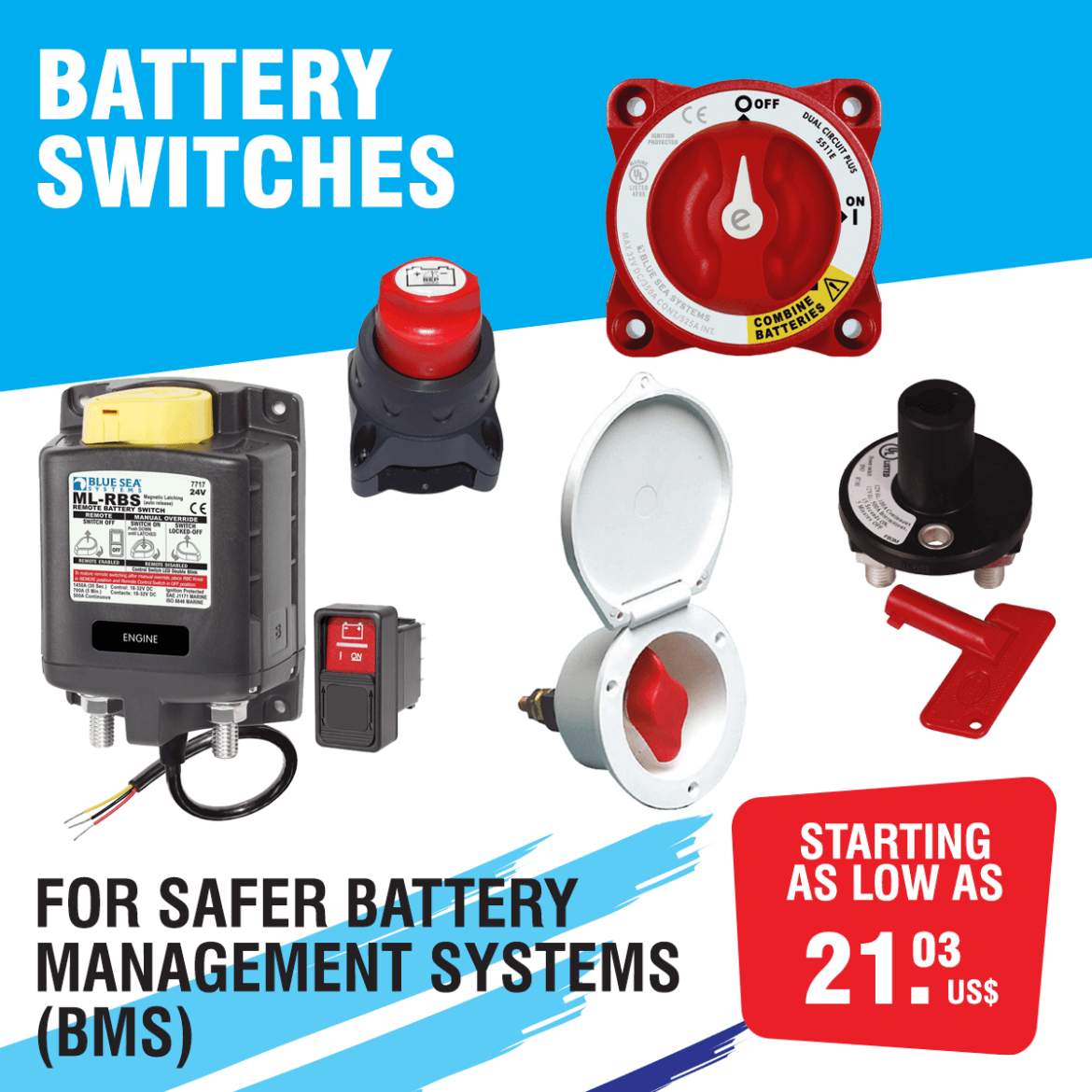
In the event of an electrical fault, it is essential that all power to the electrical system can be cut off so that cables and circuits do not remain live. This enables you to control any overheating which could start a fire, allow repairs to be safely made on any blown fuse or damaged cabling, and reset the tripped circuit breaker.
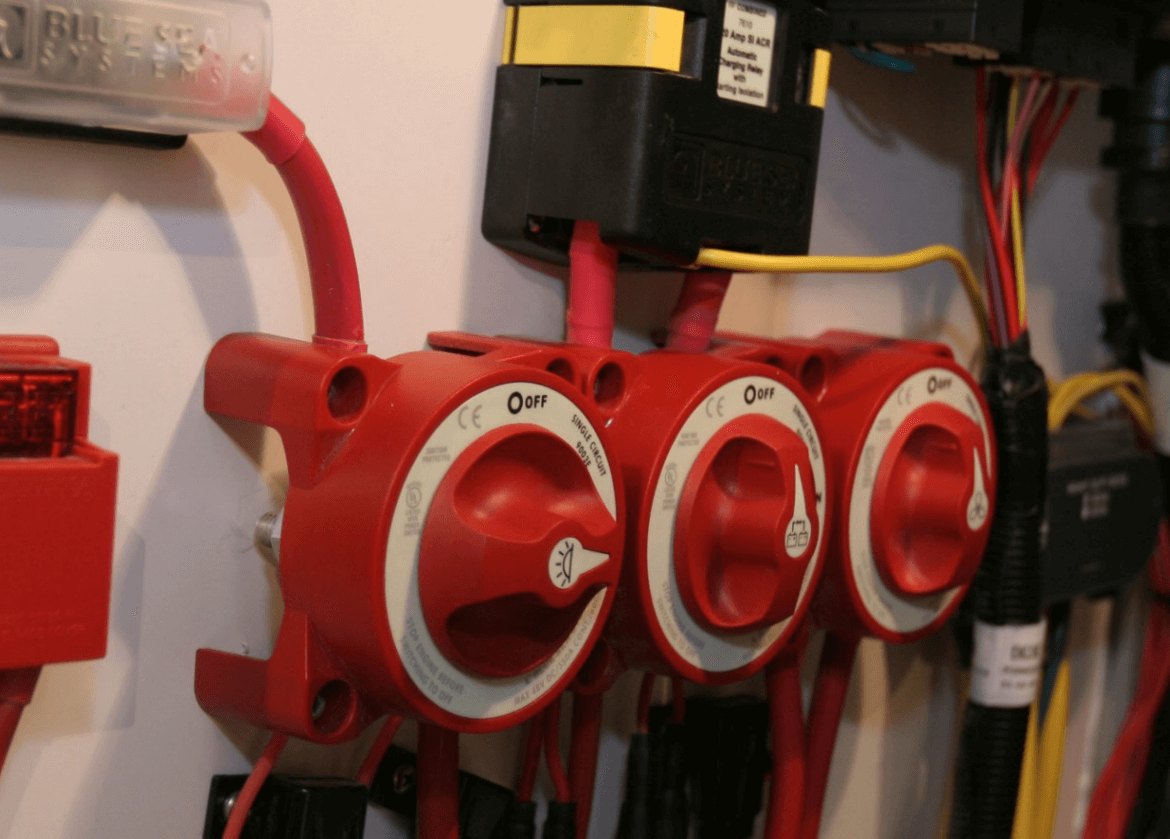
A battery master switch(es), capable of disconnecting the system, including the starter circuits, must be fitted in a readily accessible and clearly visible position for rapid access in an emergency.
Boat Battery Switch Explained
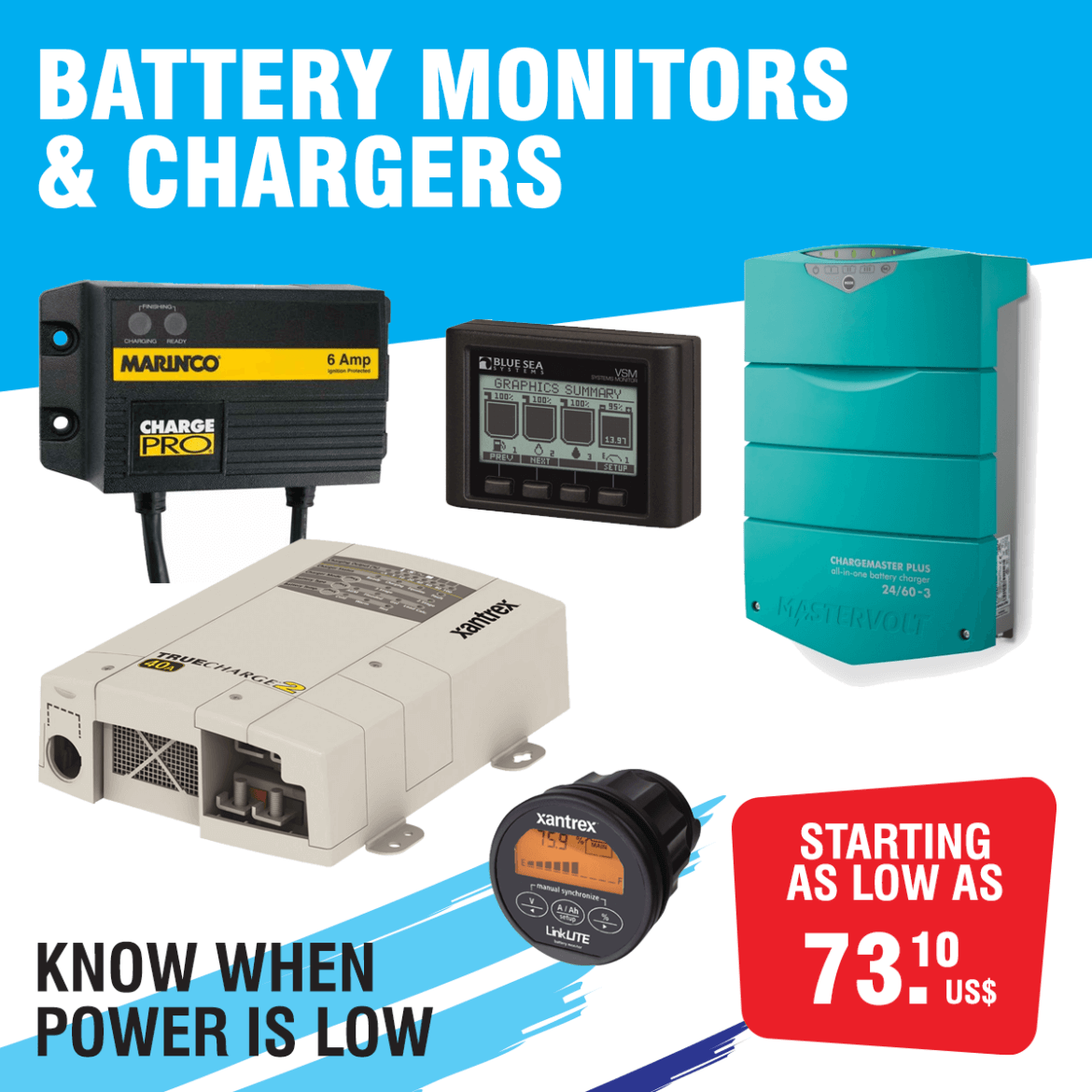
The best thing you can do to extend the life of your battery bank is to install proper monitoring equipment. Batteries are easily damaged by over discharge.
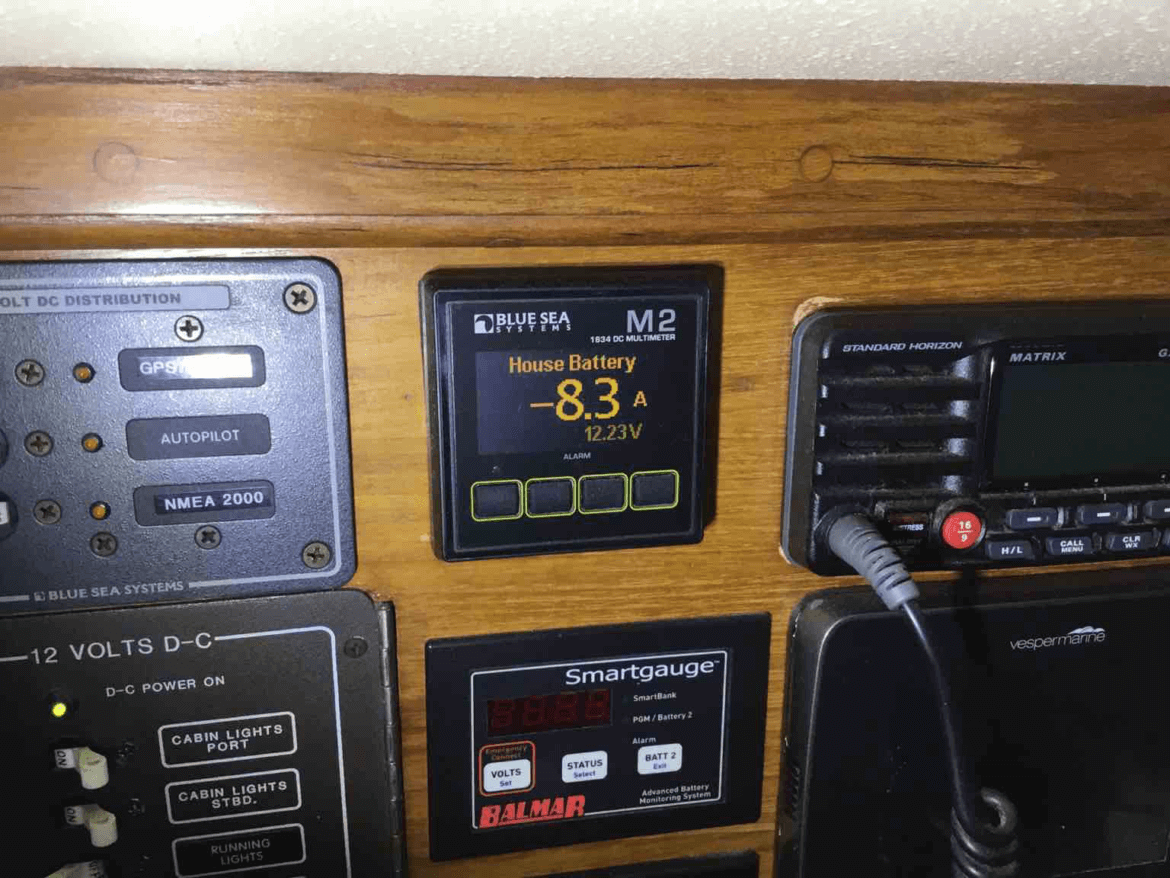
A battery monitor will tell you exactly how much you’ve taken out of your batteries and how much longer you can go before recharging is necessary.
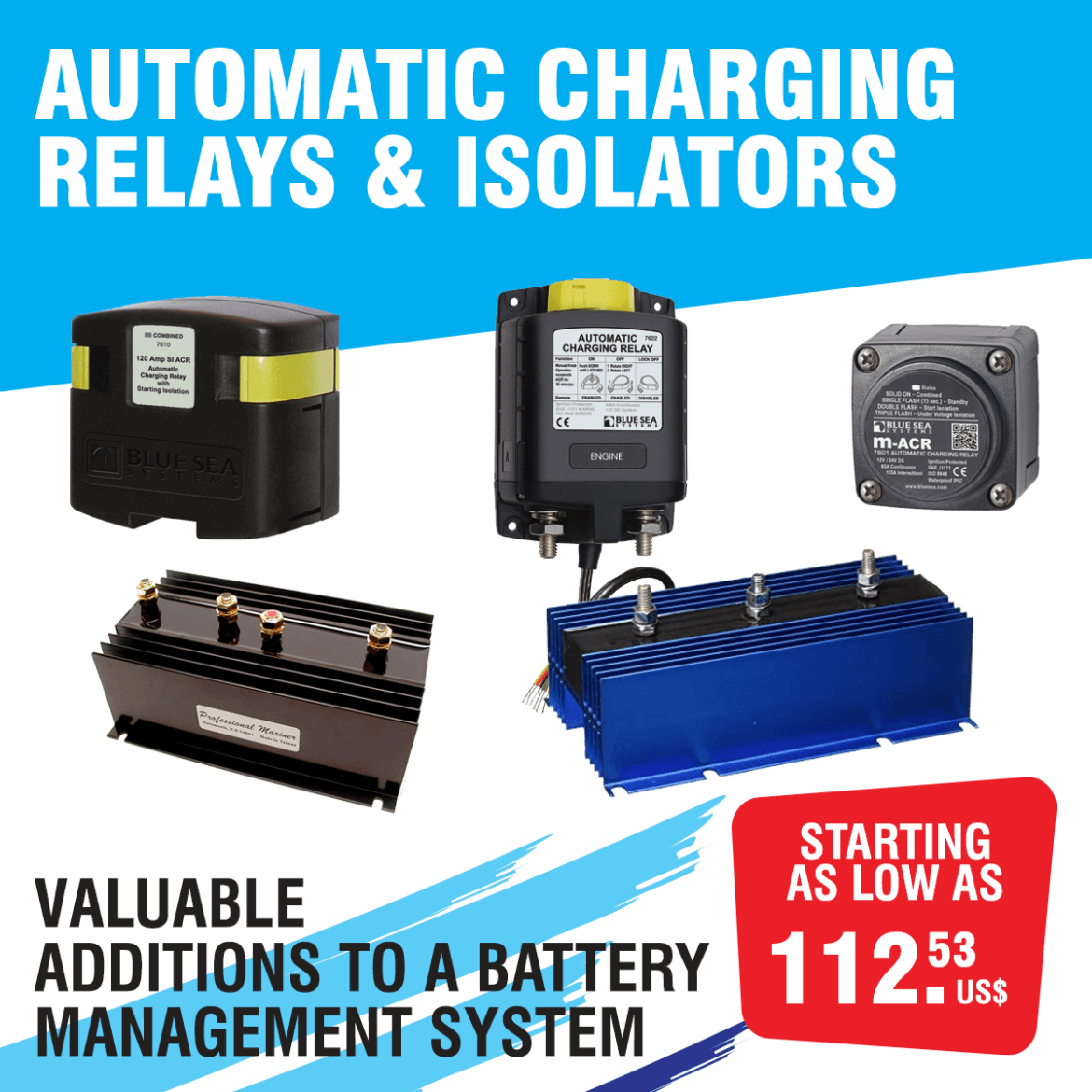
Automatic Charging Relays (ACRs) and Battery Isolators are intended to keep a load (or loads) from discharging the reserve battery system which is needed for vital loads such as engine starting, navigation or communications.

They distribute current from a charging source to all batteries, but leave the batteries isolated during discharge conditions so that they are only impacted by their own loads.
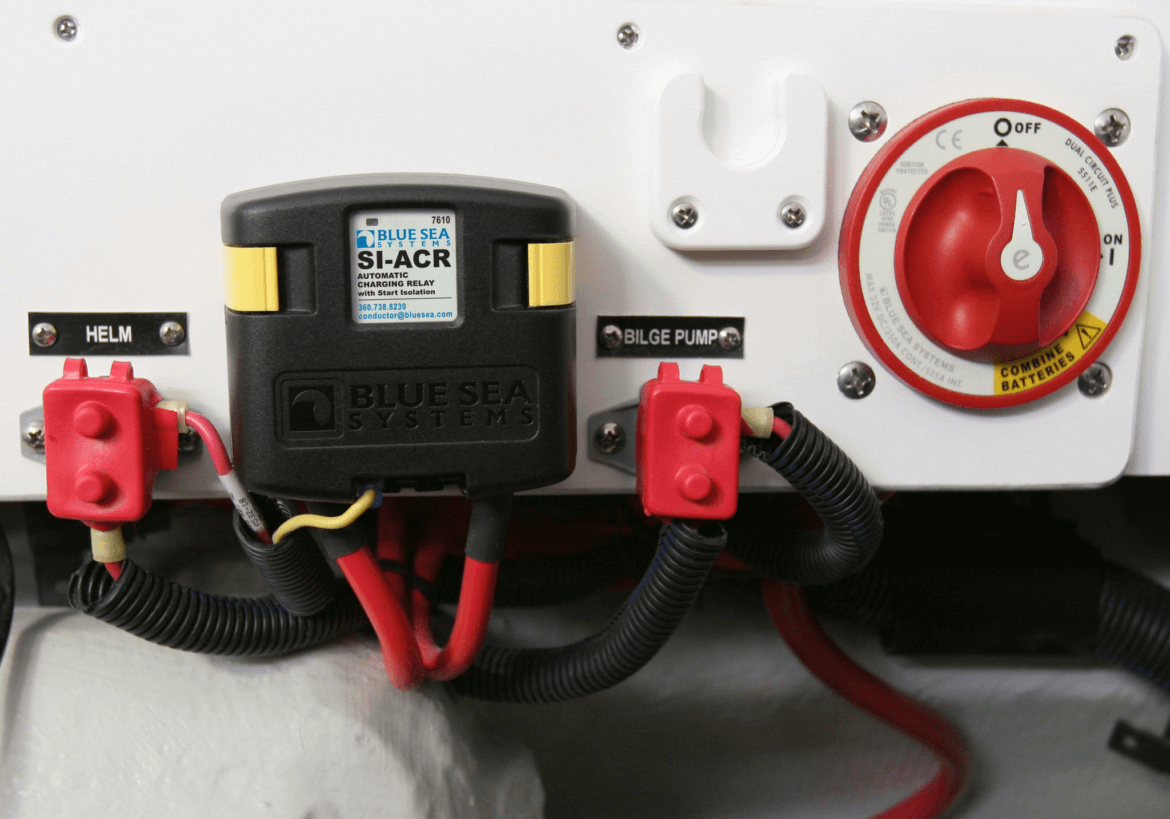
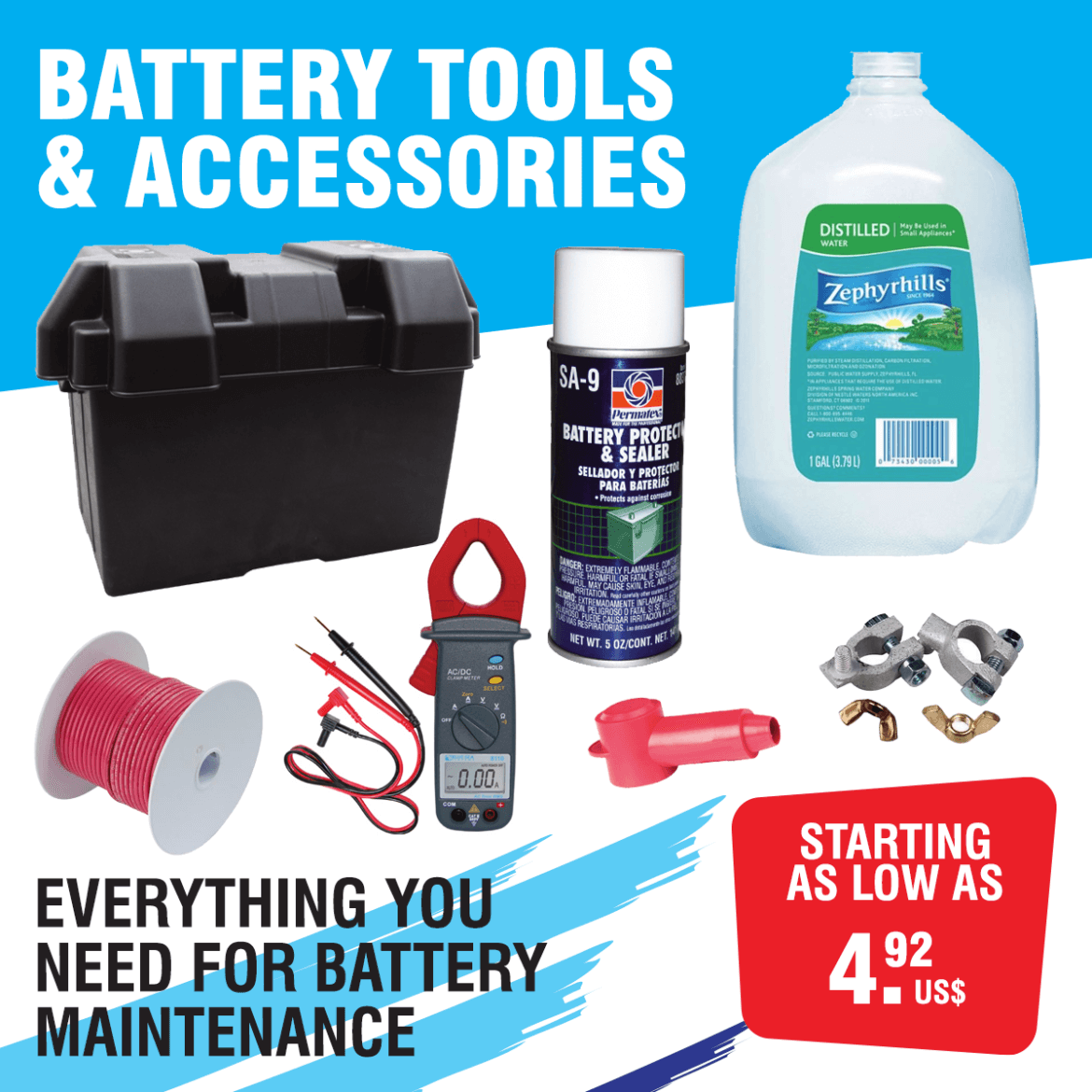
Make sure your batteries are securely tied down with strong straps and saddles.
Keep battery terminals protected with caps to prevent an accidental short circuit. Make sure you tighten all bolt to cable connections.
Use hot water to clean any acid spills away from the top of the battery, which can otherwise cause discharge.
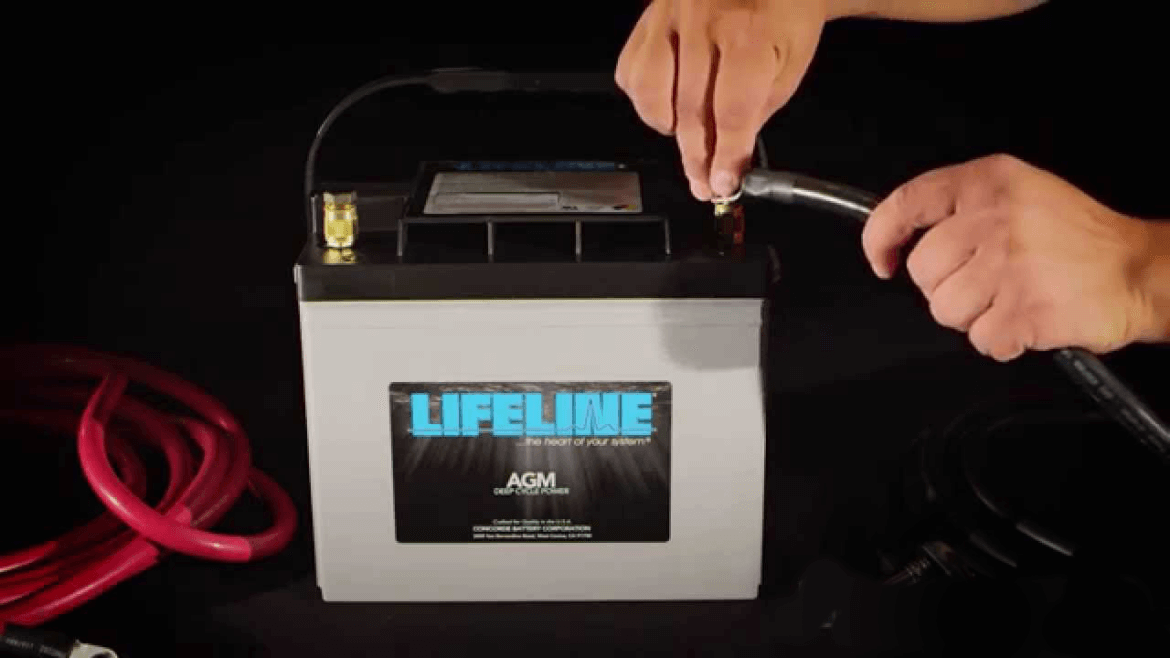
Don’t mix battery types as they charge at different rates. Replace like-for-like or the entire bank.
If a battery fails in a big bank of batteries, replacing only one can cause it to age and quickly deteriorate to the same condition as the rest of the bank. As a rule, it is preferable to replace the whole bank at the same time.
For additional detailed information about batteries and related equipment,
go to previous Budget Marine Technical Corner #10:
https://budgetmarine.com/blog-post/technical-corner-10/


